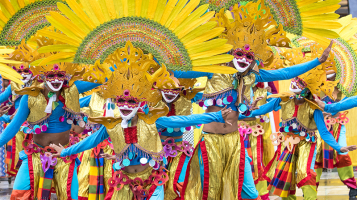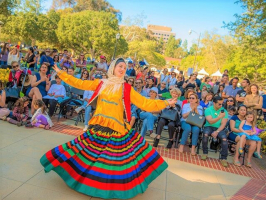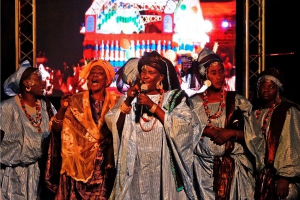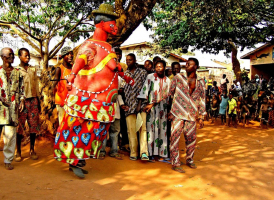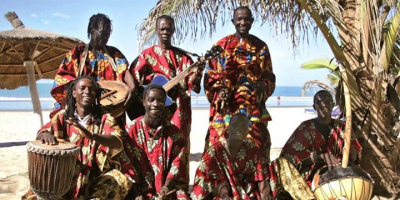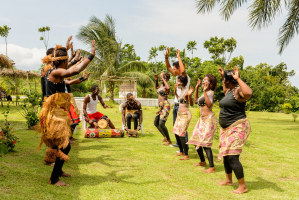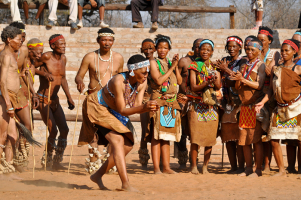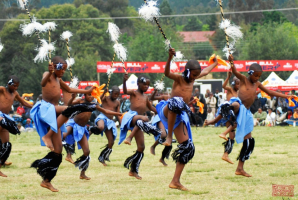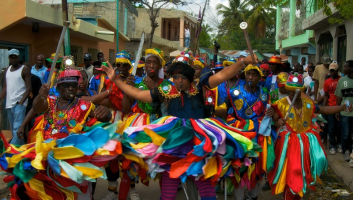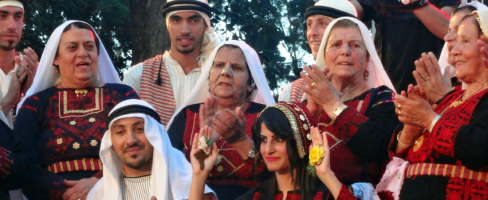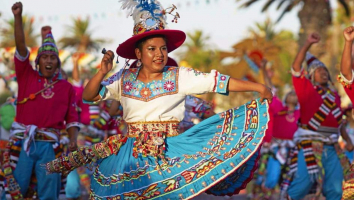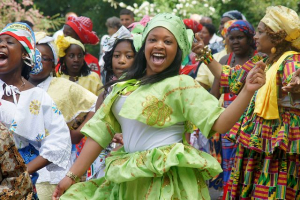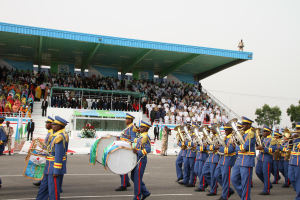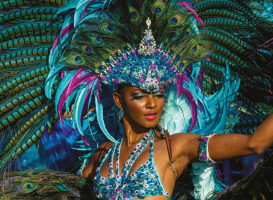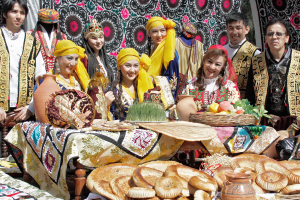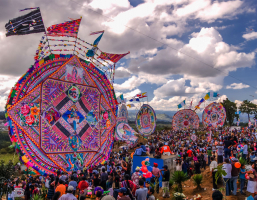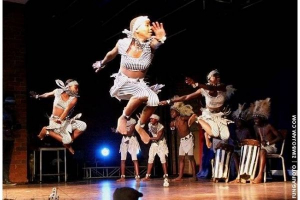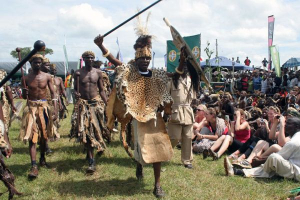Top 10 Most Famous Festivals in Oman
Because situated on the southeastern coast of the Arabian Peninsula, Oman has many cultural characteristics in common with other Arab countries. In spite of ... read more...these similarities, there are unique features that make Oman different from its neighbors, and the differences in its culture and identity can be seen obviously in festivals in Oman. The list below will introduce to you the 10 most famous festivals in Oman.
-
One of the famous festivals in Oman is the Muscat Festival, which boasts its culture and tradition through art forms and a variety of activities. It is definitely a huge celebration showcasing the beauty of tradition and the long-standing history of Oman.
Tourists attending this festival can take part in many traditional activities, such as theatre performances, educational programs, sporting, acrobatic events, contests, circuses, camel races, recreational programs for children traditional and international food stalls, and firework shows - the most awaiting activity. You can also take tours that give you a picture of traditional Omani living as well as a look into the country's history. Nowadays, the festival is a combination of modern influences and traditional Omani heritage, with open-air stage shows, exquisite cuisine, and impressive performances.
When: January 16th to February 15th
Where: Amerat Park, Oman Automobile Association & Naseem Gardens
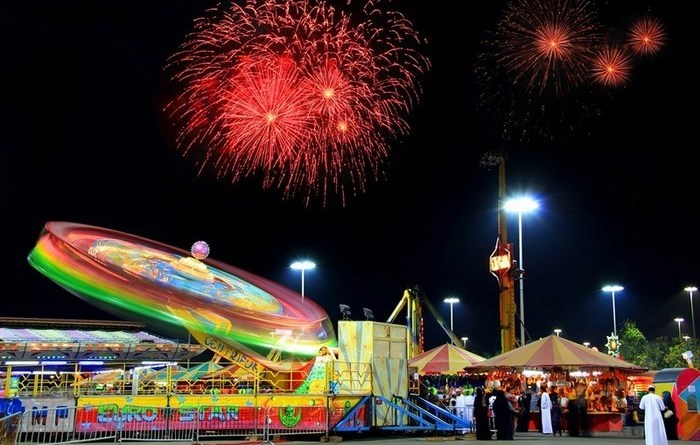
Photo: Majalla 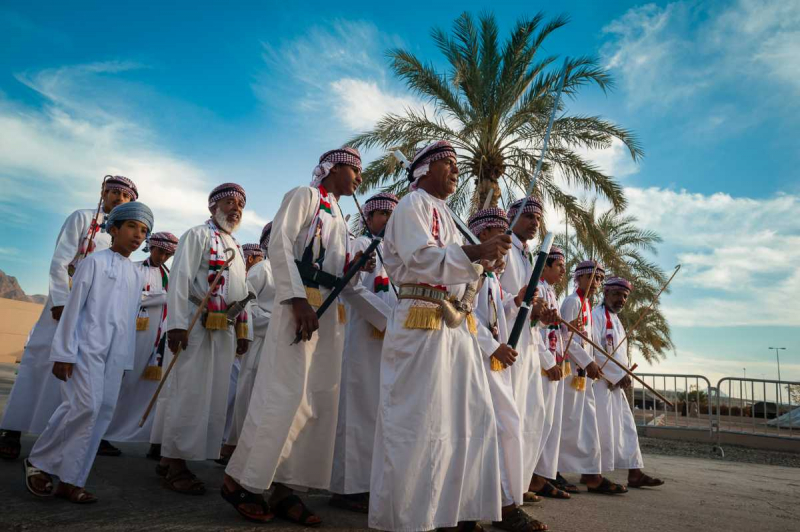
Photo: Holidify -
Because the majority of the Muslim population in Oman is Muslim, the country celebrates Eid Al Adha which marks the end of Ramadan - the Islamic holy month of fasting. Therefore, it is one of the most crucial religious festivals in Oman.
Eid is a three-day Muslim feast. Omanis visit mosques on the first day of Eid al-Fitr to practice the Eid prayer. They dress up in their new clothes. Men wear a new gown called a dishdasha and a head cap called a kummah or a head turban called a massar. Women wear brightly colored clothes and head scarves, and their hands are hennaed with exquisite designs. Following the Morning Prayer are the feasting and celebrations. Wearing new clothes, visiting relatives, giving gifts to youngsters, sending cards, and making joyful dinners are all Oman traditions in the festival.
Furthermore, many Omanis try to offer kindness and generosity to others in the spirit of Eid. People in many Arab countries also practice the tradition of hosting communal meals during Eid.
When: the 10th day of the last month in the Islamic calendar
Where: All across the country
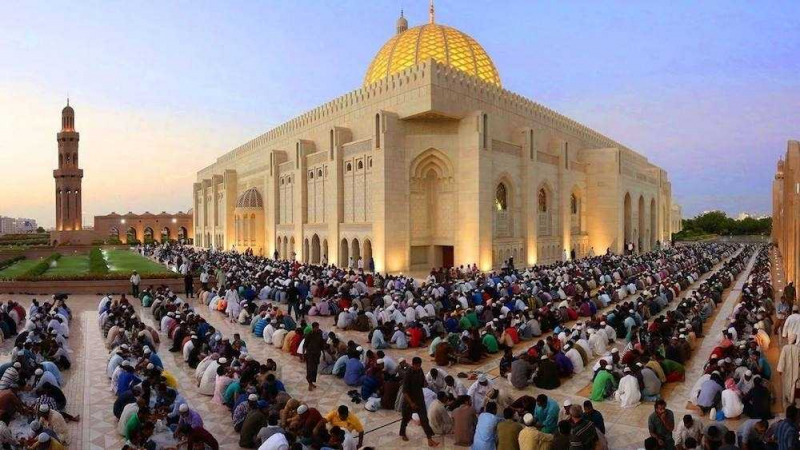
Photo: Holidify 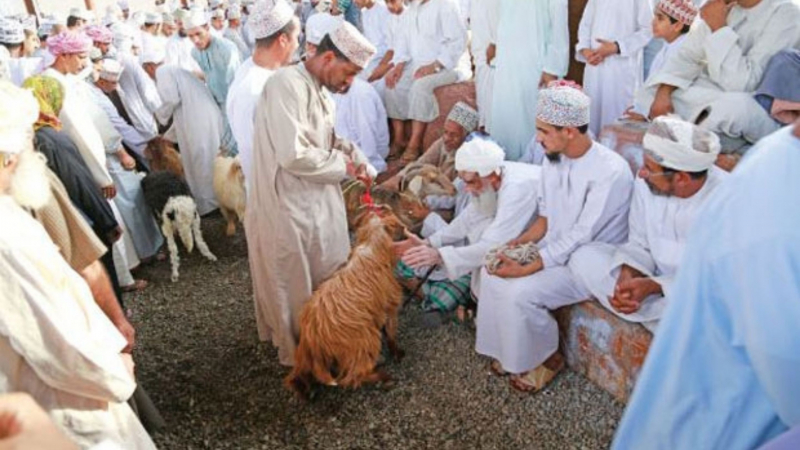
Photo: Memphis Tours -
Camel racing which is quite similar to horse racing is a traditional Arab sport that is notably popular among Arabian Peninsula residents. This is because camels play an important role in the Arabian community. They are used not only for travel, food, and shelter but also for entertainment, celebrating, and competing in festivals.
In Oman, the most famous camel racing festival is the Sultan Camel Race Cup which is created to preserve camel racing - one of the oldest Arab sports and celebrates Oman’s glorious history. Camels compete at speeds of up to 64 on racetracks that are designed specifically for this sport during the festival. All of the camels have been brought in from specialized farms where they have been trained for this demanding sport. The festival lasts a few days and attracts many local and international visitors. The King of Oman, Sultan Qaboos Bin Said, is a big supporter of the festival and has given it a lot of support.
When: March 19 to March 22
Where: Royal Cavalry Track at Al Felaij, Wilayat of Barka
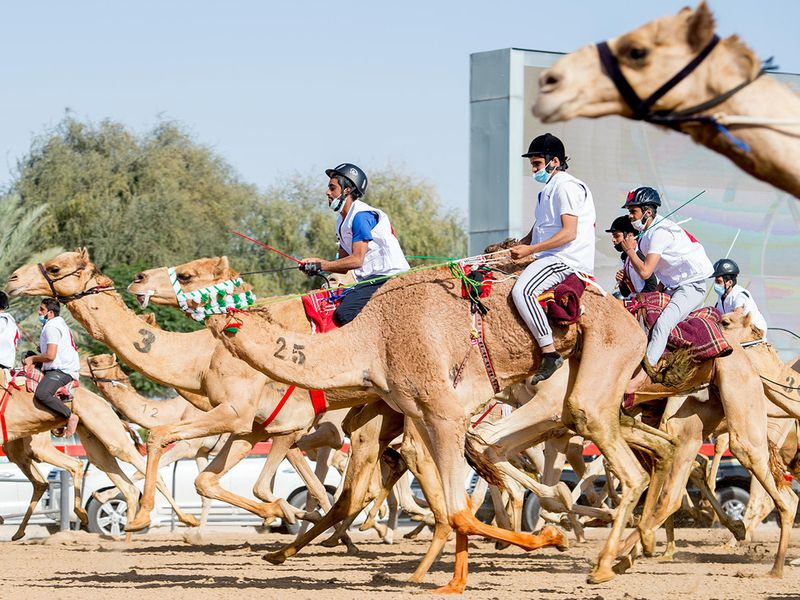
Photo: Gulf News 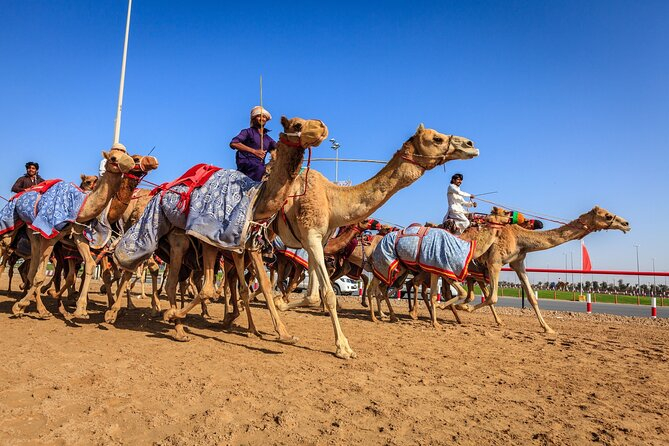
Photo: Gulf News -
Oman National Day is definitely the most famous festival in this Arabian country. The birthday of Qaboos bin Said al Said, the Sultan of Oman is on November 18th. In recognition of his achievement, this day is chosen as Oman National Day and celebrated all across the country.
Typically, the Omani flag's colors of white, red, and green are used to decorate the streets of Oman. Every street light will be adorned with an Oman flag while bridges will be decorated with large flags, a photograph of Sultan Qaboos, or a poster of his famous quotes. Shops, houses, and cars are also specially decorated with photos of the Sultan, along with ornaments with the colors of the Omani flag. The largest celebration is the one that the Sultan attends. A military parade usually precedes the ceremony and is followed by a performance of various pieces of historic music.
When: November 18th
Where: All across the country
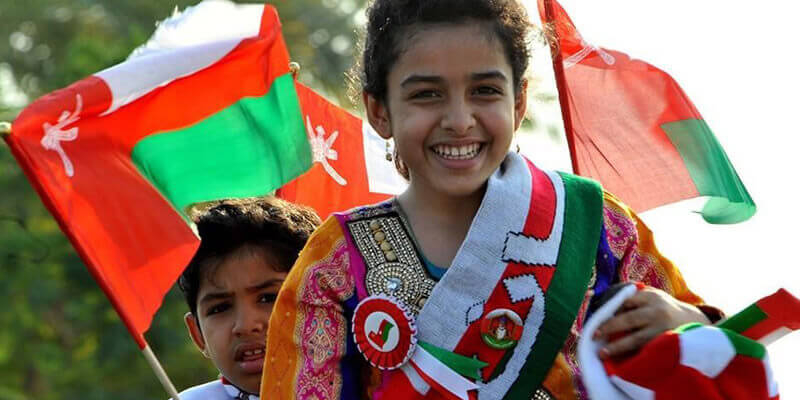
Photo: Edarabia 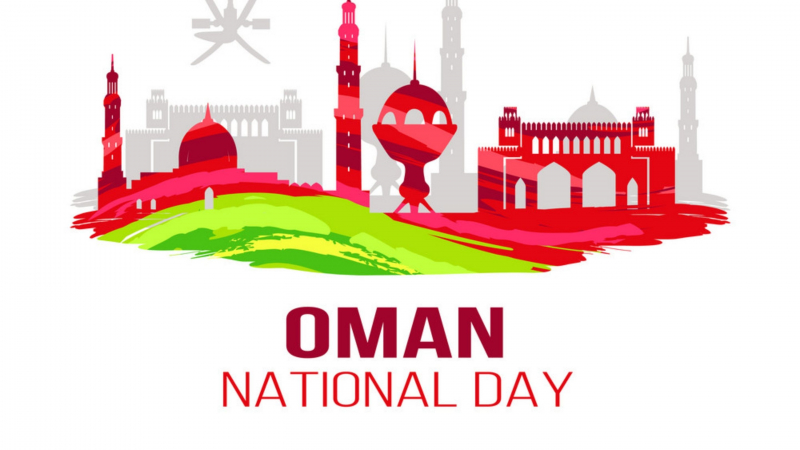
Photo: VectorStock -
One of the most famous festivals in Oman relating to Islamic tradition is the Isra and Mi'raj festival or ascension of Muhammad. Believers especially worship at the mosque and commemorate Muhammad’s journey from Mecca to Jerusalem and the night their prophet ascended into heaven to commemorate this holy occasion.
This festival is practiced by almost 70% of the population. From 6 p.m. on the day before the festival until 7 p.m. on the day of the event, no alcohol will be sold in pubs or restaurants. However, the majority of stores will be open. Omani people celebrate Isra and Mi’raj in some ways. A group of Muslims recites Quran verses at home or in the mosque. There would also be sparkling lights covering the mosque in the area, which would help to uplift the mood of all Muslims who celebrate it. Others gather with the other Muslims in the mosque nearby their house and listen to the stories about the origin of Isra’a Wal Mi’raj and how it became one of the most important events in the Islamic community.
When: April
Where: All across the country
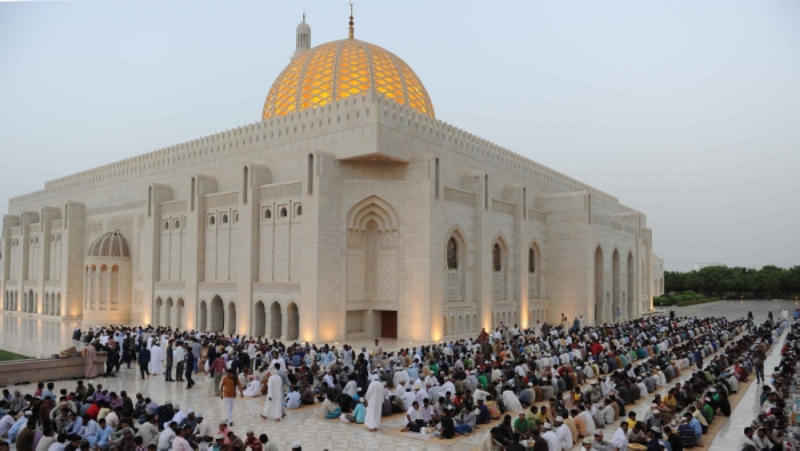
Photo: Times of Oman 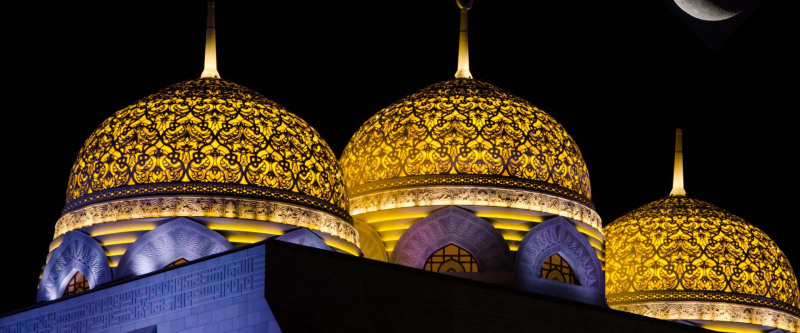
Photo: Middle East Public Holidays -
Another of Oman's famous festivals which closely is connected to Islam is Muharram. It is the celebration of the first month of the Islamic calendar, which takes place in September.
During this celebration, Omanis, like other Muslims, show their respect to Imam Hussain, the Prophet Muhammad's grandson. This day is especially important to the Shiites of Oman since it commemorates the martyrdom of one of their most revered spiritual leaders. The most faithful believers also practice fasting to celebrate this festival as they do in Ramadan. On this day, there is also a tradition of reading the Ziarat Ashura, which is a book conveying salutations to the Karbala martyrs. The prayer salutation honors Hussain ibn Ali's shrine and the Battle of Karbala.
The Muharram festival is undoubtedly one of the most awaited events. It also gives tourists a chance to explore the journey into Omania culture as well as the Islam community.
When: August
Where: All across the country
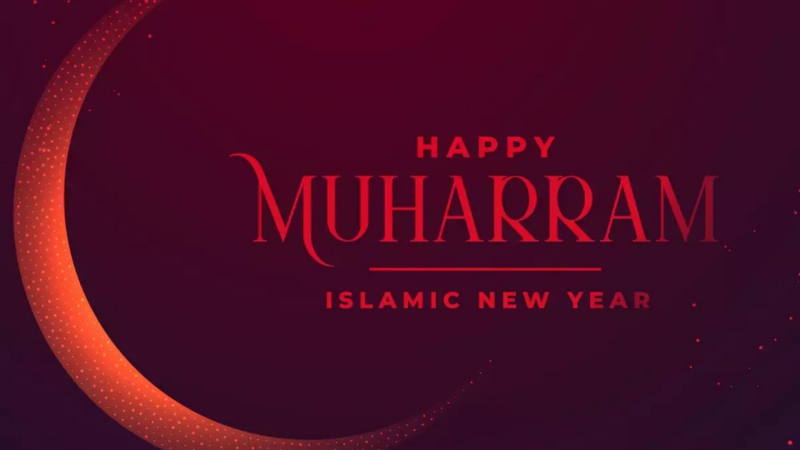
Photo: Times of India 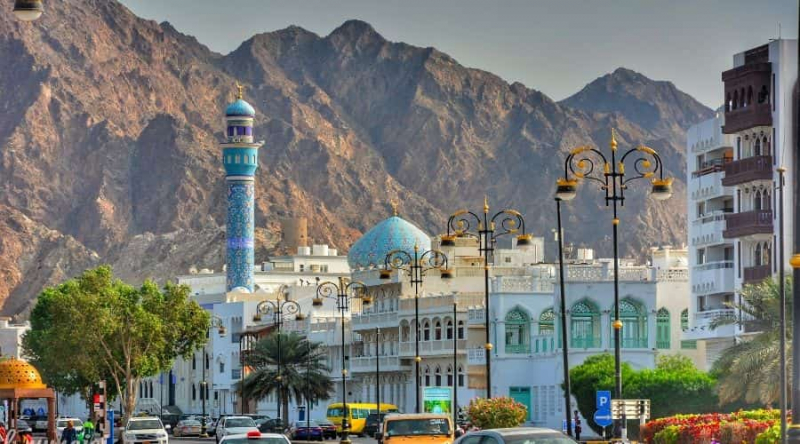
First day of Muharram 2021 - Photo: arabiandaily news for oman -
Another festival that deserves a position on this list is Salalah Festival. It is held during Oman's “Khareef” which means ‘autumn’ in Arabic or monsoon season, usually begins in mid-July and lasts until the end of August.
The festival celebrates the spectacular season in Oman and features exquisite artistic and cultural performances, as well as a mix of foreign programs for international visitors. It is one of the grandest festivals, with restaurants, music, games, theatrics, circuses, clothes stalls… Many families come for a picnic and to enjoy the lovely monsoon weather, while many tourists have interests in the shows, activities, and fireworks.
Each year, it grows in size and scope, with new roller coasters, music, cultural activities, food vendors, and other attractions. Besides, don’t forget to try some traditional Omani camel meat, especially camel Meshkak which is made with some unique local seasonings, local loaves of bread, and rice.
When: June 30 to August 31
Where: Salalah
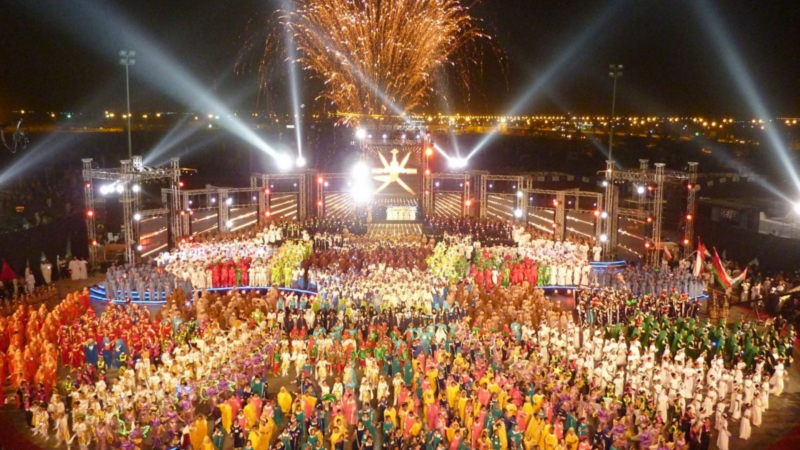
Photo: Memphis Tours Video: RapseyDeck Ampunin -
On the 23rd of July, Omanis commemorate another of the country's most famous festivals in Oman: the Sultan's coup over Qaboos bin Said in 1970. This date is marked as Renaissance Day and it’s as important as the National Day.
According to locals, it brought a new age of development and prosperity to the country. The Sultan, who built Oman and laid its strong foundations contribute greatly to the country’s achievements. Therefore, people also celebrate his efforts on Renaissance Day. It’s also customary for Omanis to attend special events or listen to political speeches. It was a public holiday on which people might reflect on Oman's transformation from a rural country with poor infrastructure to a modern, prosperous nation.
Visiting Oman on this day, tourists can see the traditional Omani dance forms such as Alazi, Alayalah, and Taghrodah performed at various places.
When: July 23th
Where: All across the country
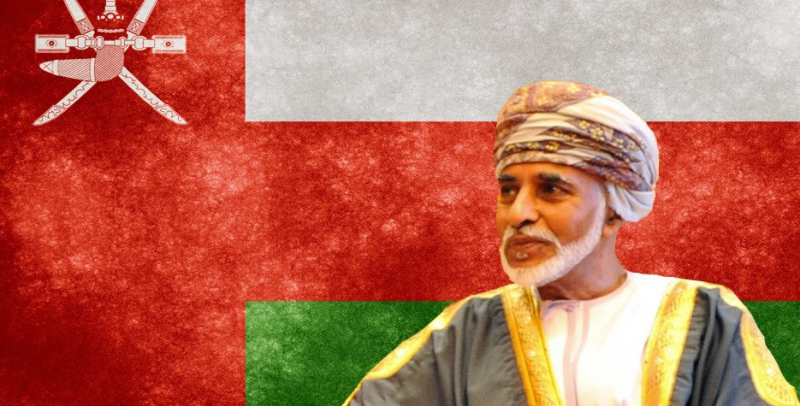
Photo: Office Holidays 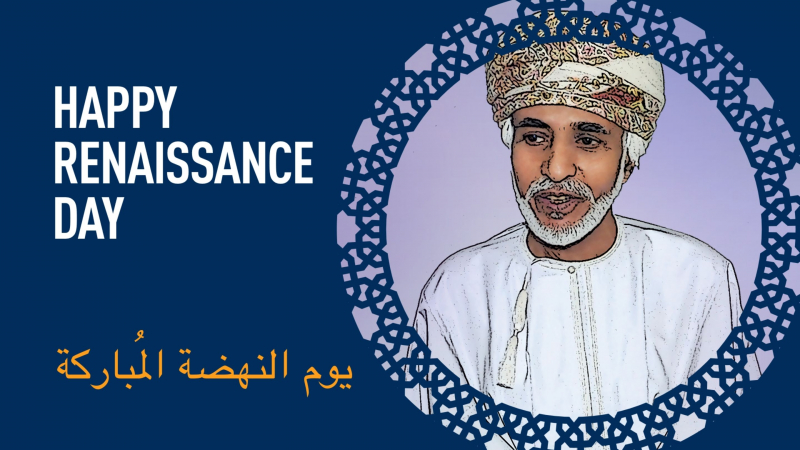
Photo: Pinterest -
A boat race and sailing competition are held annually to celebrate Oman’s seafaring traditions. The traditional boat race was held with the goal of reviving the Sultanate's nautical history in general and the Sur state in particular.
Sur is noted for its coastal heritage and important geographic location at the intersection of the Arabian Sea and the Sea of Oman which has long been the center of seafaring activities. Every January, the Dubai–Muscat Regatta takes place, with boats sailing from Dubai to Muscat through the Straits of Hormuz. Traditional boats like dhows which have specialized designs and structures and play a crucial role in the sea-trade industry in Oman also compete for a reward in boat races held in February. During the race, the sailors will amuse the audience by singing sea songs and performing cultural programs in a true Omani manner.
This most awaited event will be a great opportunity for families to come and celebrate Omani culture, music, and tradition.
When: January
Where: Khor Al Batah
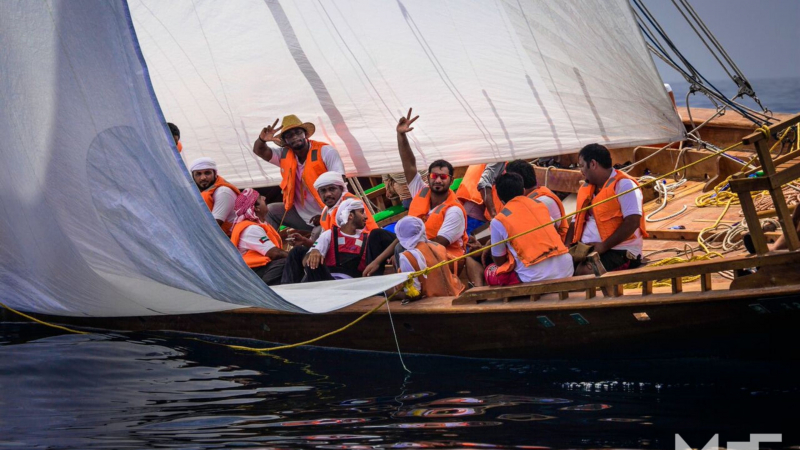
Photo: Middle East Eye 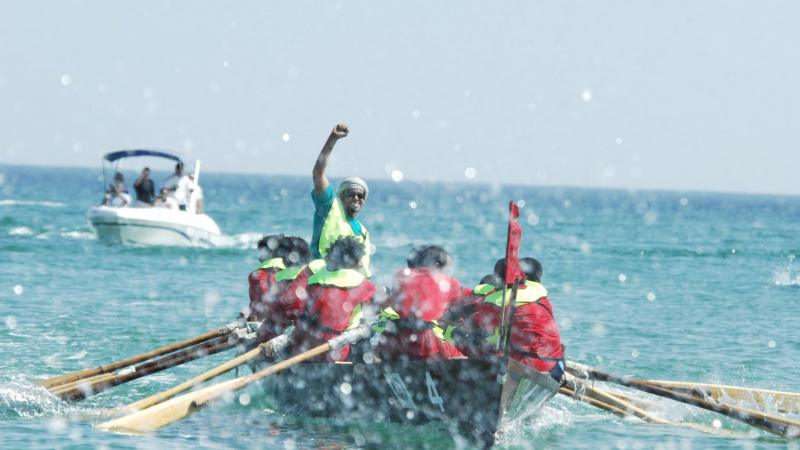
Photo: Twitter -
The Rally Oman, formerly known as the Oman International Rally, is an international rally racing event conducted to the south and southeast of Muscat, the Omani capital. The Oman Automobile Association is in charge of the event.
It's a fantastic opportunity for tourists to immerse themselves in the vibrant atmosphere and have fun together. Omani landscape is especially conducive for racing, with its abundant deserts, lush wadis, gravel mountains, and a real sense of wilderness. This event involves both local and international teams, so it's very interesting to join and support your favorite team. The rally, which began in 1979 and is mostly held on gravel roads and sand, has been a staple of the Middle East Rally Championship (MERC) and the Gulf Rally Challenge before it, as well as the Oman Rally Championship.
Swedish driver Harry Källström won the first two events until Qatari driver Saeed Al-Hajri became the first Arabian driver to win in 1981. After a brief hiatus, the rally was reintroduced as a round of the Omani championship in 2013.
When: Varying
Where: Muscat.
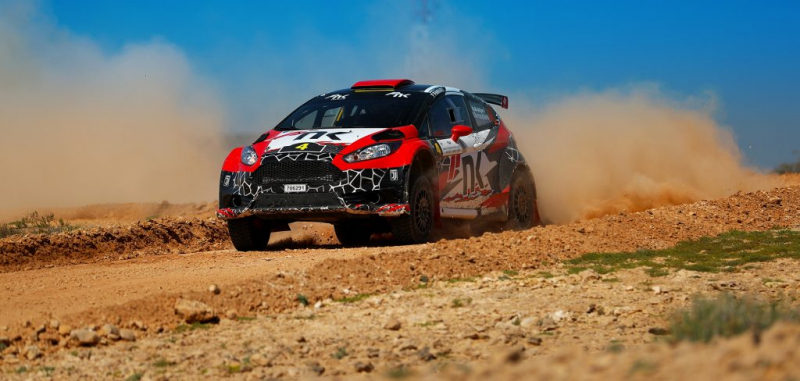
Photo: Oman Automobile Association 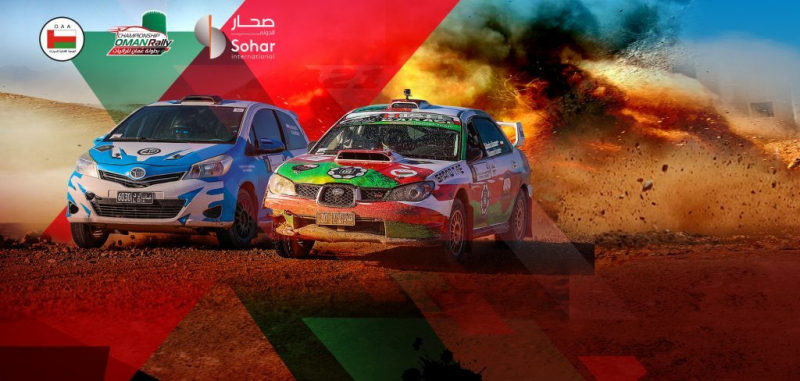
Photo: Oman Automobile Association












